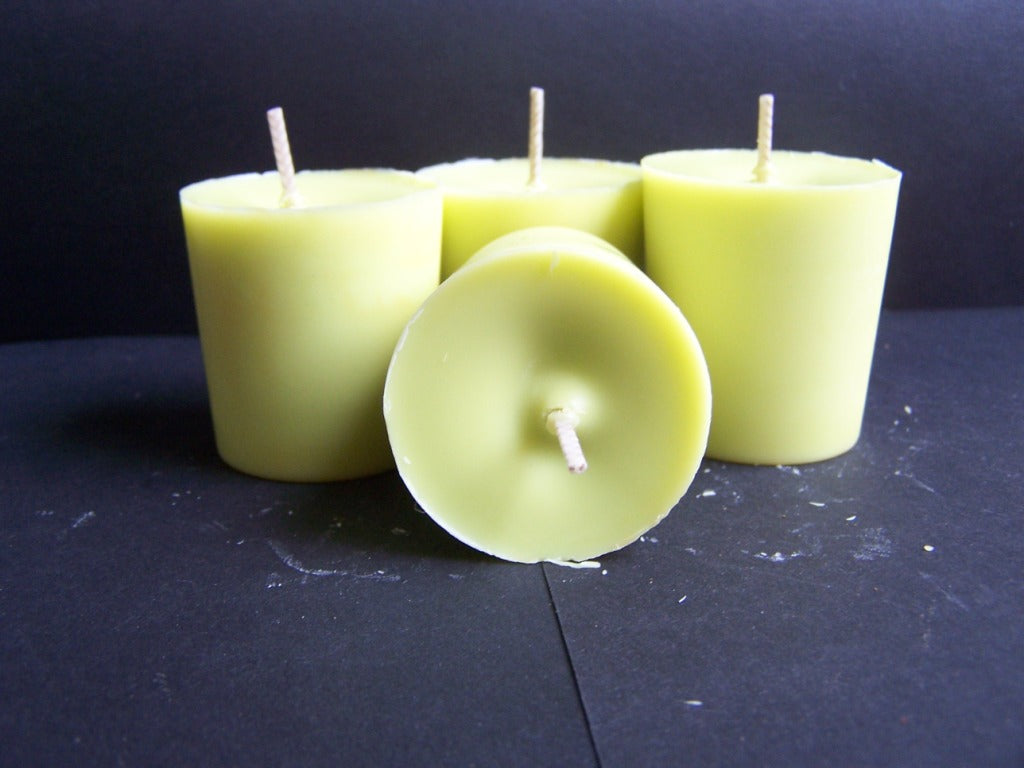Elevate Your Space with Premium Soy Wax Candles and Home Fragrance
Elevate Your Space with Premium Soy Wax Candles and Home Fragrance
Blog Article
From Wick to Wax: Understanding the Chemistry Behind Soy Wax Candles and Their Environmental Impact
As we brighten our spaces with the cozy glow of candle lights, there exists a realm of detailed chemistry behind the relatively simple act of lighting a soy wax candle light. The option in between soy and paraffin wax expands beyond mere appearances, delving right into the realm of ecological influence and the extremely make-up of the materials. Recognizing the molecular structure of soy wax and its burning process clarifies the discharges launched into our environments. Join us as we unwind the clinical ins and outs behind soy wax candle lights and explore their implications on our environment.
Soy Wax Vs. Paraffin Wax
When contrasting soy wax and paraffin wax for candle making, it is necessary to recognize the distinctive attributes and benefits of each material. Soy wax is a natural, renewable energy originated from soybean oil, making it naturally degradable and eco-friendly - candles. On the other hand, paraffin wax is a byproduct of oil refining, which increases concerns about its environmental effect and sustainability
Soy wax candle lights burn cleaner and emit less soot compared to paraffin wax candles, making them a healthier option for indoor air top quality. Furthermore, soy wax has a reduced melting factor, enabling a longer-lasting candle that disperses fragrance better. Paraffin wax, on the other hand, has a tendency to burn faster and less cleanly, potentially launching hazardous chemicals right into the air.
From a sustainability viewpoint, soy wax is favored for its biodegradability and eco-friendly sourcing, aligning with the growing consumer preference for environmentally conscious items. While paraffin wax has been a traditional choice in candle light making because of its price and convenience of usage, the shift in the direction of green options like soy wax is acquiring energy in the market.
Chemical Make-up of Soy Wax

Burning Refine in Soy Candles
The chemical composition of soy wax directly influences the burning procedure in soy candle lights, affecting variables such as melt time, aroma release, and environmental impact. When a soy candle is lit, the warm from the fire thaws the wax near the wick.
The burning effectiveness of soy candle lights is influenced by the pureness additional resources of the soy wax and the quality of the wick. A clean-burning soy candle with a correctly sized wick will minimize and create a stable fire soot formation. This not straight from the source just prolongs the shed time of the candle light however also improves the release of fragrances. Additionally, soy wax candle lights have a reduced environmental impact contrasted to paraffin candles because of their eco-friendly and biodegradable nature.

Environmental Advantages of Soy Wax

Taken into consideration a lasting choice to conventional paraffin wax, soy wax supplies significant environmental benefits that make it a preferred selection among eco-conscious consumers. Soy wax burns cleaner and creates much less soot than paraffin wax, contributing to far better indoor air high quality and minimizing the demand for cleansing and maintenance. Overall, the ecological benefits of soy wax align with the expanding need for sustainable and environmentally friendly products in the market.
Recycling and Disposal Factors To Consider
Recycling and appropriate disposal of soy wax candles play a vital role in preserving ecological sustainability and minimizing waste in houses and communities. When it involves reusing soy wax candles, the very first step is to ensure that the candle light has actually melted completely. This can be achieved by allowing the candle light to burn till the wick is no longer usable, and then allowing the continuing to be wax cool and strengthen. As soon as the wax has strengthened, it can be carefully eliminated from the container.

In terms of disposal, if recycling is not a choice, soy wax candle lights are biodegradable and can be securely taken care of in most household waste systems. Nonetheless, it you could check here is constantly recommended to check with local recycling facilities or waste administration services for specific standards on candle light disposal to ensure appropriate handling and environmental management.
Final Thought
In final thought, the chemistry behind soy wax candle lights reveals their ecological advantages over paraffin wax candles. Soy wax, derived from soybean oil, burns cleaner and creates much less soot when compared to paraffin wax.
When contrasting soy wax and paraffin wax for candle light production, it is important to recognize the distinctive attributes and benefits of each material (crystal soy candles).Soy wax candles burn cleaner and emit much less soot contrasted to paraffin wax candle lights, making them a much healthier selection for interior air top quality.Thought about a sustainable option to standard paraffin wax, soy wax uses notable environmental advantages that make it a prominent option among eco-conscious consumers. Soy wax burns cleaner and generates much less soot than paraffin wax, contributing to better indoor air quality and decreasing the need for cleansing and upkeep.In conclusion, the chemistry behind soy wax candles discloses their ecological advantages over paraffin wax candle lights
Report this page